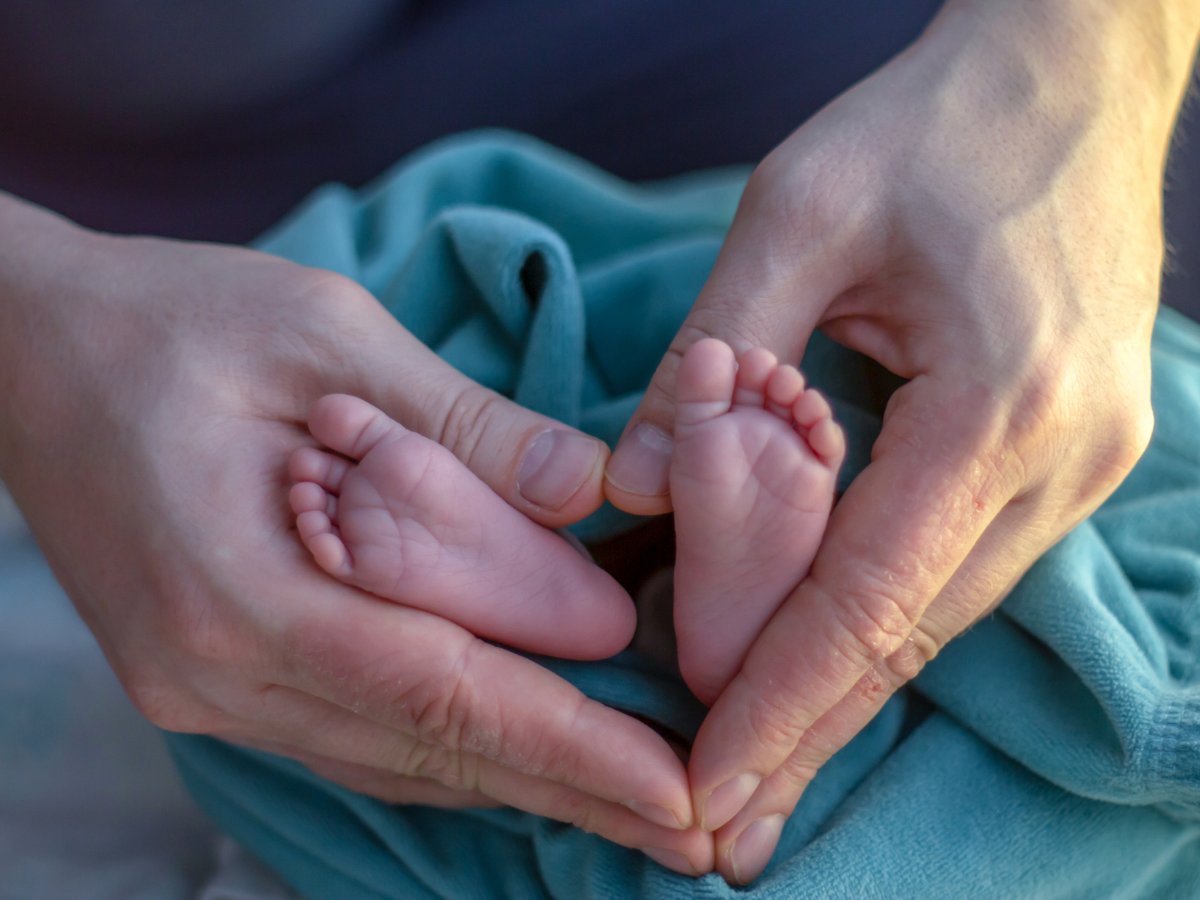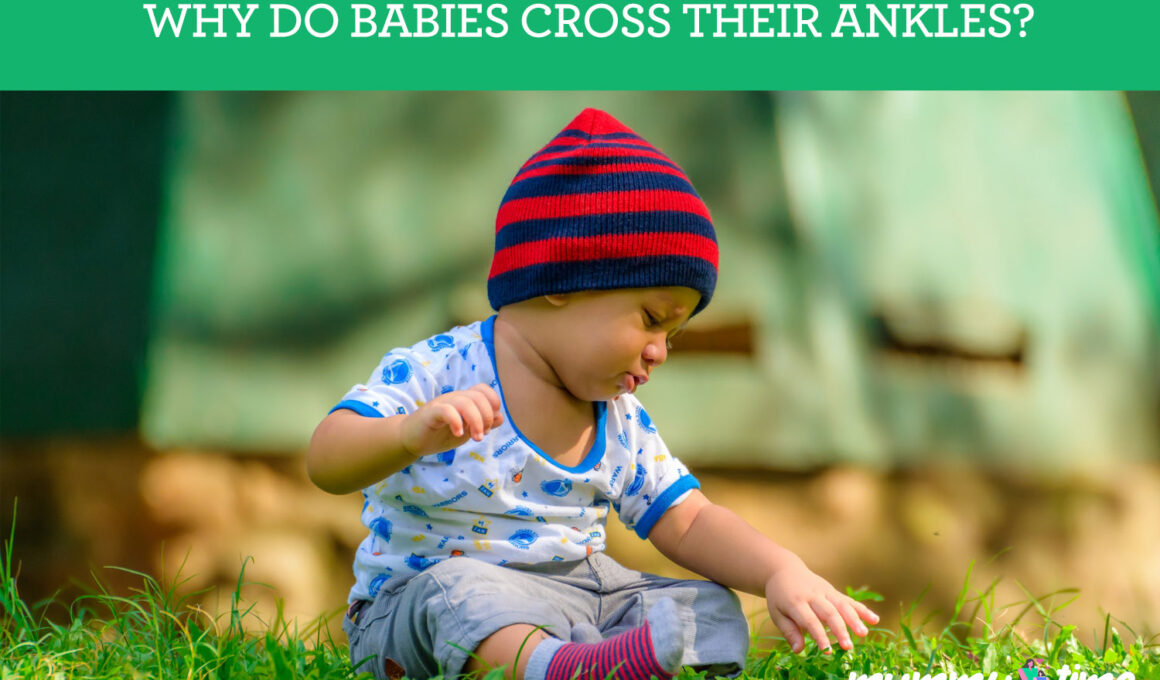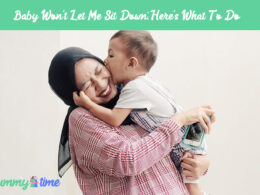In This Article Show
Is it normal for babies to cross their ankles? Baby crossing their legs at ankles has been believed to be a sign that your baby is trying to tell you something. Many parents have reported that their babies tend to cross their ankles, and some are concerned about this issue.
You must understand every movement of your child; although many can be signs of growth, mothers tend to worry when they do not understand sudden changes. Worrying about your baby’s development is normal, but some instances will let you know whether to be okay with it or worried.
Babies crossing their legs at the ankle often means they are growing, and it is normal as long as their back is straight. Although ankle crossing is listed as one of the symptoms of cerebral palsy, especially if there is no physical activity at the required age, consult your doctor for a proper diagnosis. Mostly, babies use ankle crossing as a sign to show that they will be doing all kinds of physical activities in no time.
Babies crossing their legs may or may not be customary, and it could simply be a sign of them growing. However, it is still imperative to understand your child’s movement, and some instances might cause you to worry. Read on to find answers to why babies cross their ankles.

Why Do Babies Cross Their Ankles?
Most babies start crossing their legs at the ankles at a very early age, which is often linked with early symptoms of cerebral palsy. Most babies cross their legs at the ankle to indicate that they are growing up, and it is usually down when they are eating.
They start from leg crossing to sitting up, rolling, and standing up, but parents might begin to worry if there is no physical activity.
Great deals to snatch for your little ones 🎉
It is completely normal for babies to cross their ankles during the first few months of their life, and also, Doctors have also decided on a name for this leg crossing: Bowlegs; another term is genu varum, but there is nothing to worry about it. Babies crossing their legs at an older age, like three years, is also okay; it is considered a normal part of a child’s growth and development.
Bow legs should be corrected as your baby grows and do a lot of physical activities. So, while babies crossing ankles is considered entirely normal, do not hesitate to see your child’s doctor if there are delays in reaching developmental milestones such as sitting by eight months or walking by 18 months.
Is It Normal For Babies to Cross Legs?
Yes, it is normal for babies to cross their legs if they reach all the milestones in no time.
As long as your baby’s back is straight and there is no leg swelling, elevating and crossing their legs is fine. The child might start reaching for food or crawling in no time, so crossing legs mainly shows signs of physical posture and does not indicate cerebral palsy.
When do Babies Stop Crossing Their Ankles?
Babies should likely stop crossing their legs when they start other physical activities like walking and sitting.
However, if leg crossing results from bowlegs, it should straighten out in 6 to 12 months. Bowleg causes babies’ legs to be wide apart or not come together when standing with their feet and ankles together, which could explain the ankle crossing; however, it is not painful or uncomfortable, and children typically outgrow it in no time.

Ways To Ensure Your Baby Have a Good Posture
Ankle crossing has often been declared a sign that your kid will have a good posture, but this has also been proven to be a myth. Hereditary and genes are prominent causes of bad posture in kids, and in our modern world, lousy sitting or standing is considered an epidemic.
Below are simple ways to aid your baby and ensure he/she has a good posture.
- Sit your baby on your lap facing one side while you sit on the floor with your legs straight, and lean her backward gently, so her feet are still on the floor. Massage their back by rolling your legs from side to side.
- Follow the same posture rule for adults. Children should sit with their knees, elbows, and hips bent at a 90-degree angle.
- Encourage frequent breaks, which involve switching positions every 30 minutes.
- Set the stage for good posture at home; as they grow, they are likely to emulate
- Encourage your child to move around every 30 minutes
- Please bring food to their mouth when eating; eating with their heads down can significantly affect their posture.
In Conclusion
Babies crossing ankles can be expected, but not early signs of cerebral palsy, as most information said. Common symptoms of cerebral palsy are a fidgety, jerky, or clumsy movement.
In addition, ankle crossing could reflect your baby’s curled-up position in the womb during the development, which is also what is regarded as bowleg, and as stated above, this should clear as they grow.
Most babies start to cross their legs at an early age and stop by the time they are 18 months, it is a sign that they are growing. Taking care of the baby’s posture and overall health during this period is crucial. If you notice your baby’s ankle crossing is combined with other signs and symptoms, contact your pediatrician.













